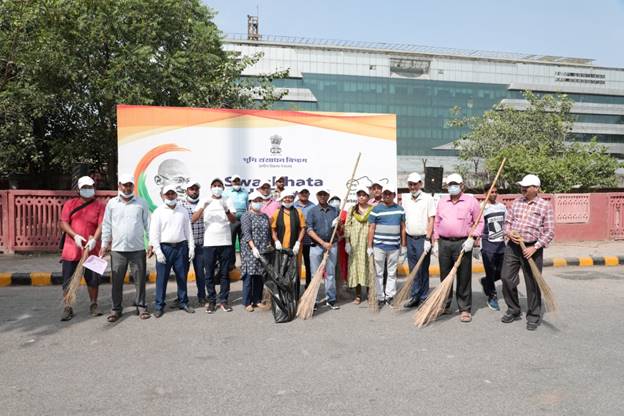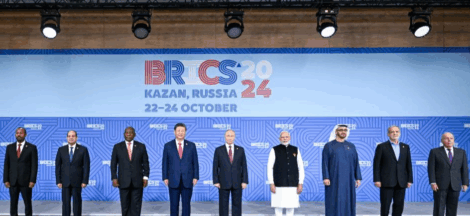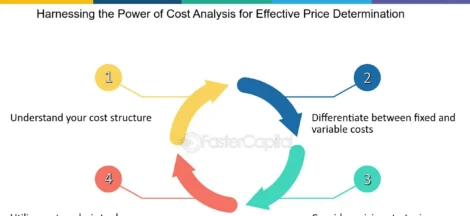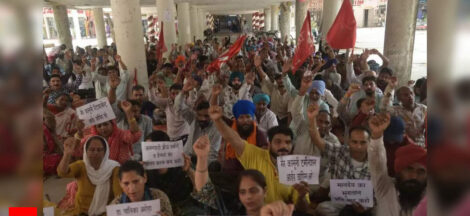By K R Sudhaman
Red tapes and White caps were common sight in ministries and government departments, a colonial hangover that persisted long after independence. The white caps worn by ministers and babus, particularly by peons in the corridors of power gradually disappeared from 1970s onwards. But Red taped files remained in government offices until recently, stacked mostly in corridors giving a musty smell in all over government buildings. The files started disappearing, though not fully, after digitisation gathered momentum in the last few years as part of the swachhata campaign launched by Prime Minister Narendra Modi. Tracing of government files itself used to be an art mastered by the peons, who alone could retrieve them and is usually done only by greasing their palms by interested private parties.
This trend has lately been changing for good with concerted effort by Modi and his team. V Srinivas, secretary of Administrative Reforms and Public Grievances has been working hard in this regard to clear up space and sprucing up the government buildings by getting rid of old files after their digitisation and disposing of junk material stacked in various courtyards and backyards. Back-side of the government buildings in Delhi, particularly Shastri Bhavan, Udyog Bhavan, Krishi Bhavan, buildings in Raisina hills always had junked furniture and other waste material cluttering up the entire space giving an ugly look to the buildings. Of course these buildings were maintained very badly, especially staircases where one could witness pan spits and stinking toilets. These are changing now with swachhata campaign gathering momentum. Hopefully with central vista project completed in the next few years, the ambience in government buildings at least in Delhi is expected to vastly improve.
It is not that all government buildings are badly maintained. The Rail Bhavan in Delhi used to be comparatively better maintained, so also Air Bhavan. At the Raisina Hills, South Block, which houses Prime Minister’s office, External Affairs and Defence ministries are better maintained with lot of foreign dignitaries visiting those buildings. But just across the road, North block, which houses Home ministry and Finance ministry is not that well maintained. When Jaswant Singh became Finance minister taking over from Yashwant Sinha in 2003, a vast improvement was brought about as he cleared entire finance ministry of all protruding extensions on corridors and every vacant space to accommodate more men, files, furniture and computers, in temporary and shabby looking rooms. His philosophy was both North and South Block along with Rashtrapati Bhavan are heritage buildings and their beauty should not be spoiled by such ugly wooden and asbestos rooms. So overnight he removed them and beautified the heritage building to restore its past glory. Since then both Home and finance ministries housed in North Block have been looking better but certainly not that well maintained as South Block.
Sam Pitroda launched digitisation of files during the UPA government led by Manmohan Singh. But digitisation and Swachhata campaign gathered momentum only after Modi pursued it vigorously in the last few years as part of the administrative reforms. There have been several expenditure and administrative reform commissions set up in the government from time to time. Unfortunately, none of the reports got implemented and they have been gathering dust in some corridor. Somehow all political parties are not that enthusiastic when it came to political, electoral, judicial and administrative reforms as chaos and loopholes in the system suit them better. Unfortunately no government has made serious attempt to take the bull by the horn as far as reforms go. Only in 1991 circumstances forced Prime Minister P V Narasimha Rao to embark upon economic reforms. All other reforms have remained in slow track even though every government promise to speed up reforms, which had to be done on a continuous basis.
Now Modi has made some attempt on these pending reforms, which is welcome but regretfully have not yet become a big-ticket. But as far as Swachhata is concerned, it has gathered pace in recent years and credit goes to Modi, Minister of state, Jitendra Singh, and Srinivas.
According to Srinivas, good governance practices in recent years are marked by secretariat reforms, special campaign, improving delivery, recognition of meritocracy and replication of good governance practices, besides repealing obsolete laws. The department is also working with state governments as well to improve governance.
Significantly, the special campaign launched by Modi has resulted tangible result is freeing up sizeable space in government buildings, besides getting some revenue. Srinivas listed the achievements from October 2021 to July 2023 under this special campaign. Cleanliness campaign was carried out cumulatively in 1,43,913 places resulting in space being freed in government building to 184.66 lakh sq ft. That apart 68.15 lakh files have been weeded out. All this have resulted in earning a revenue of Rs 600 crore from scrap disposal. The special campaign has been going on every year from 2021. As part of administrative reforms, 1991 government rules have been simplified during this period.
The focus during the special campaign 3.0 launched for a month in October this year is to step up digitisation, efficiency management and enhancement of office spaces besides adopting environment-friendly practices in ministries. The target set for carrying out cleanliness campaign is 1.5 lakh sites under special campaign 3.0.The space to be freed will be 100 lakh sq feet. The revenue to be earned from scrap disposal is Rs 400 crore.
A good beginning has been made in clearing red-taped files in the government buildings and broken furniture by the central government. Hopefully state governments, too, follow suite to make government buildings more presentable, clean, less stinking and provide better ambience. It would also help in restoring the heritage of those grandiose buildings. (IPA Service)




 Structural Changes Are Distorting Indian Labour Market
Structural Changes Are Distorting Indian Labour Market 